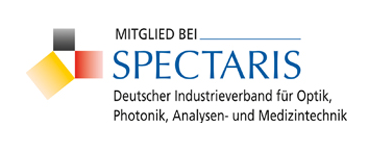Zukunft
beginnt mit Qualität.
Ophthalmologische Geräte und Einrichtungen kann man bei vielen Anbietern kaufen. Aber wenn Sie einen Partner suchen, der Sie vor dem Kauf markenübergreifend gut berät und im Servicefall tatsächlich schnell und zuverlässig für Sie da ist, dann sind Sie bei uns richtig. Ob Spezialklinik, Arztpraxis oder Optiker – wir sind Partner auf Augenhöhe!
Top Service
Servicequalität ist ein wichtiges Argument für bon. Wir tun alles, um die Einsatzbereitschaft Ihrer Geräte im Arbeitsalltag zu sichern bzw. schnellstmöglich wiederherzustellen. Und noch ein kleiner aber wichtiger Unterschied: Wenn Sie bei uns anrufen, haben Sie sofort einen persönlichen Ansprechpartner in der Leitung.
Ausstellungsraum
Besuchen Sie uns in unserem großzügigen Ausstellungsraum im Lübecker Stammhaus. Die Kontaktdaten finden Sie hier. Hier können Sie in Ruhe sämtliche Produkte testen und vergleichen. Nach Absprache stehen wir Ihnen hierfür auch abends und am Wochenende zur Verfügung. Natürlich können Sie auch gerne per Video-Chat digital bei uns vorbeischauen. Schicken Sie uns einfach eine kurze Nachricht.
bon Qualität
Wir sind zertifiziert gemäß DIN EN ISO 13485: 2016 (Medizinproduktehersteller) und sind Mitglied im Industrieverband SPECTARIS. Klicken Sie HIER, um unser aktuelles Zertifikat herunter zu laden.
Wichtige Hinweise:
Der Verkauf über das Internet erfolgt aus rechtlichen Gründen nur an
Unternehmer und Gewerbetreibende (zum Beispiel Augenärzte, Augenoptiker etc.).
Haben Sie als Privatperson Interesse an unseren Produkten? Dann rufen Sie uns einfach an: 0451 / 80 9000

